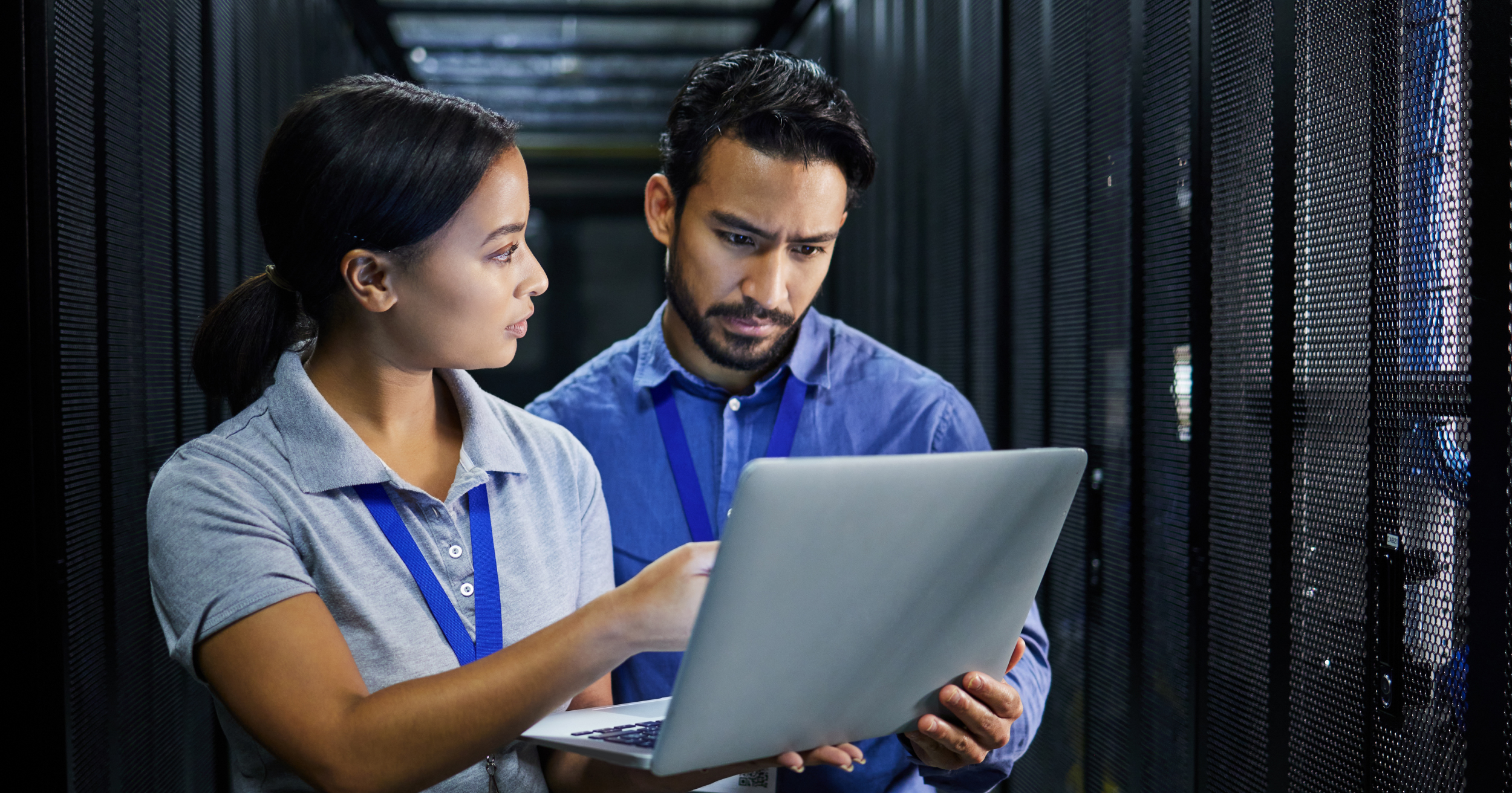The nation’s critical infrastructure is increasingly designed to combine physical processes with digital networks, creating cyber-physical systems. While these systems can offer more efficiency and security, they also create vulnerabilities that can be exploited in unconventional ways.
Threats to cyber-physical systems don’t always come from the internet, either. They can be introduced unknowingly by trusted individuals or compromised devices. It’s essential to stay vigilant and take proactive measures to protect critical assets from the evolving risks to cyber-physical systems.
How Are Cyber-Physical Systems Vulnerable?
Understanding the risks to cyber-physical systems can help facilities protect against them better. Threats can come from unexpected sources, exploiting weaknesses in the system.
Risks to Closed Systems
While you may assume self-contained systems are immune to cyber-physical threats, even closed systems not directly connected to the internet can be targeted. Attacks on these systems often happen in unconventional ways, bypassing traditional cybersecurity defenses.
For example, a power distribution system needs a software update, and a trusted technician could bring an infected CD or USB drive to perform the upgrade. If that media isn’t correctly scanned, it could unknowingly introduce malware.
The result? A compromised power distribution system with inoperable generators and critical services is now at risk.
Connected Devices
Devices connected to the internet, such as video surveillance cameras, HVAC systems, and even printers, are now common entry points for hackers. If they aren’t secured, these devices can introduce vulnerabilities that allow cyberattacks to expose sensitive operations or disrupt operations.
One notable example happened in the U.S. Chamber of Commerce in Washington, D.C. Cybercriminals were able to access everything from thermostats to printers thanks to unsecured networks.
It’s an example that highlights the far-reaching impact of an unprotected cyber-physical system.
SCADA Systems as Targets
Supervisory Control and Data Acquisition (SCADA) systems are widely used in municipal and utility facilities to control pumps, valves, and other physical processes. Until recently, these industrial controls were not considered a risk for cyberattacks. However, as technology evolves, so do the methods attackers use to exploit vulnerabilities, and SCADA systems are now common targets for cyberattacks. Cybercriminals gain access to a facility’s IT network through outdated operating systems and software. Compromised SCADA systems can lead to severe disruptions in essential services, such as water supply or power distribution.
These attacks underscore the need to harden all such systems against cyber threats.
Hybrid Threats
Cyber-physical threats often involve hybrid attacks, in which criminals exploit a system’s physical and digital vulnerabilities. For example, hacked surveillance cameras can stream live footage of secure facilities, exposing sensitive operations and creating opportunities for physical breaches.
Strategies for Mitigating Cyber-Physical Threats
Organizations can reduce the risks associated with cyber-physical attacks and ensure their critical systems remain secure by proactively addressing their vulnerabilities. This often requires a combination of advanced technology, effective processes, and well-trained personnel.
Put the Right Tech in Place
- Secure systems: Harden systems with firewalls, intrusion detection systems, and encryption. Update software regularly to address vulnerabilities and guard against emerging threats.
- Use advanced monitoring tools: Implement tools that provide real-time insights into physical and cyber activities so teams can rapidly detect and respond to abnormalities.
- Secure devices: Ensure all connected devices, from cameras to HVAC systems, are correctly configured and updated. Use strict authentication protocols to prevent unauthorized access.
Develop Secure Processes
- Create vendor protocols: Establish rigorous protocols for software updates and vendor access. Require comprehensive scans for malware on all devices and media brought into the facility.
- Create independent networks: Whenever possible, create separate networks for cyber-physical systems to minimize the risk of cross-contamination with IT systems. Share only essential information between the networks.
- Use behavior detection: Use access control systems with behavior detection capabilities. These systems can help flag unusual activity through license plate recognition and movement pattern analysis to identify potential insider threats or unauthorized access attempts.
Educate and Train Personnel
- Promote employee training: Train personnel to recognize unconventional threats and understand the importance of following security protocols. Make them aware of the risks of phishing attempts and insider threats to help reduce the risk of human error.
- Prepare to respond: Conduct regular drills to ensure personnel can react to cyber-physical incidents effectively. Clear protocols for reporting and addressing threats can minimize impact.
Why Ariel Secure Technologies Is Part of the Best Defense
Safeguarding critical infrastructure against cyber-physical threats requires expertise, vigilance, and the right tools. Ariel Secure Technologies specializes in working closely with critical infrastructure facilities to identify, install, and maintain the most reliable and effective equipment for unique security needs. We bring more than 35 years of expertise and experience working with high-security government facilities and their vendors to provide the highest levels of protection for people, property, and data.
By combining advanced technology and strategic planning, we create systems that seamlessly integrate physical and digital systems. From securing SCADA systems to hardening networked devices, Ariel provides end-to-end solutions that mitigate risk and enhance resilience.
Contact Ariel today to learn how we can help protect your critical infrastructure from ongoing cyber-physical threats.

